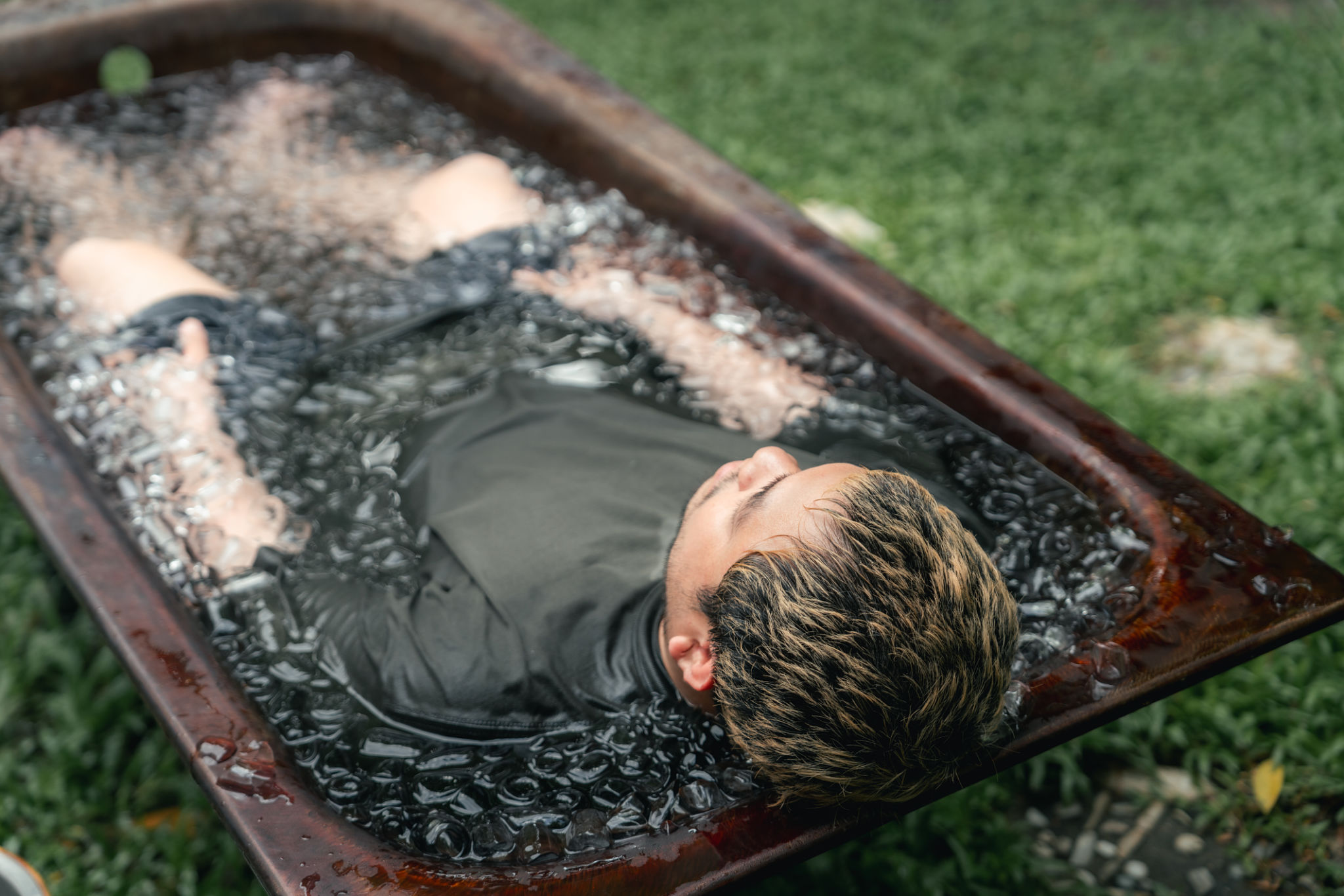Cryotherapy vs Traditional Ice Baths: Which is Best for Recovery?
Understanding Cryotherapy and Traditional Ice Baths
When it comes to recovery, athletes and fitness enthusiasts often debate between the benefits of cryotherapy and traditional ice baths. Both methods aim to reduce inflammation and speed up recovery, but they do so in different ways. Cryotherapy involves exposing the body to extremely cold temperatures for a short period, while ice baths require submerging the body in cold water for a longer duration.

Choosing the right method depends on individual preferences and specific recovery needs. To make an informed decision, it's essential to understand how each method works and their respective benefits and drawbacks.
How Cryotherapy Works
Cryotherapy sessions typically last between 2 to 4 minutes, during which the body is exposed to temperatures as low as -200°F. This exposure is believed to reduce muscle soreness, decrease inflammation, and enhance recovery by constricting blood vessels and reducing metabolic activity.
Many athletes prefer cryotherapy for its convenience and quick recovery time. The short duration of each session allows individuals to incorporate it easily into their routines without significant time investment.

Traditional Ice Baths Explained
In contrast, traditional ice baths involve immersing the body in cold water, typically around 50-59°F, for 10 to 20 minutes. This method has been used for decades as a recovery tool to alleviate muscle soreness and reduce inflammation.
Ice baths work by numbing the muscles, reducing pain and swelling. The gradual rewarming after an ice bath helps in flushing out metabolic waste from the tissues, promoting recovery.

Benefits and Drawbacks
Both cryotherapy and ice baths offer unique benefits. Cryotherapy is favored for its time efficiency and the invigorating feeling it provides post-session. However, the extreme cold can be uncomfortable for some, and access to facilities may be limited.
On the other hand, ice baths are widely accessible and cost-effective. They offer a more traditional approach to recovery that many athletes trust. However, the longer duration required can be inconvenient, and some find the experience too intense or uncomfortable.
Which Method is Best for You?
The choice between cryotherapy and traditional ice baths ultimately depends on personal preference and specific recovery needs. For those seeking quick recovery with minimal time investment, cryotherapy may be the preferred option. However, if accessibility and cost are more significant factors, ice baths could be the better choice.
Both methods are effective in promoting recovery, so it may also be beneficial to try both and see which one resonates more with your body’s response.
Conclusion
In conclusion, both cryotherapy and traditional ice baths offer valuable benefits for recovery. Understanding their differences can help you make an informed decision about which method aligns best with your recovery goals. Whether you choose the modern approach of cryotherapy or stick with the tried-and-true method of ice baths, prioritizing recovery is key to achieving optimal performance.
